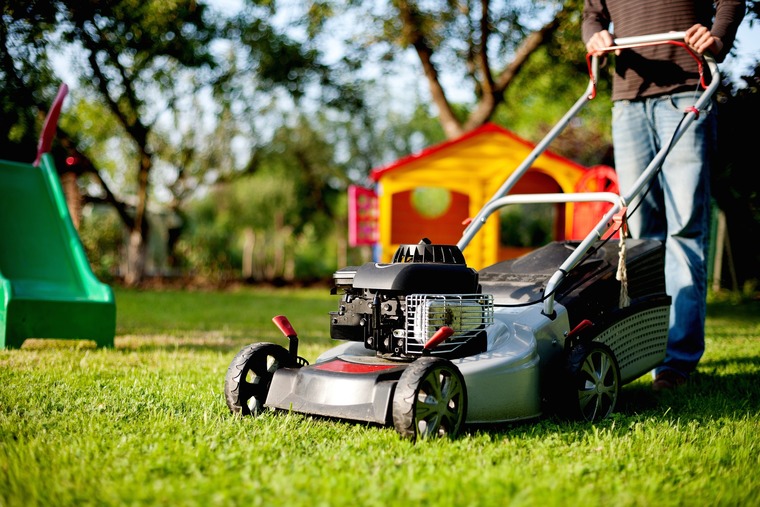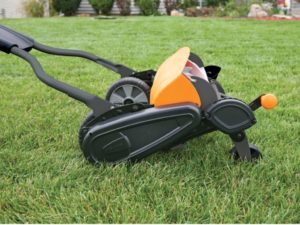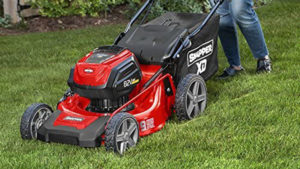Even buying one of the many cheap gasoline lawn mowers is a big purchase, and accidentally buying a lawn mower can lead to costly mistakes.
When deciding which lawn mower to buy, the following content will serve as a buying guide to give you an idea of the features to consider at the time of buying. It’s not exhaustive, there are many other little things to keep in mind, but if you’re considering these ideas, you should have the gasoline lawn mower that’s best for you.
Technical support: How does the lawn mower move across the lawn? If it has a driving force, this is a good way to say that you are working hard. Or is it self-driving? The motor of a self-propelled petrol lawn mower is connected to the rear wheel (or drum), and the rear wheel travels forward at an easy speed (usually about 2.5 mph) without you having to push yourself. Of course, self-propelled petrol lawn mowers need more engine power than push mowers.
Rear roller: Is the mower equipped with a rear roller? Whether self-propelled or pushed backwards, once the blade has fallen, the rear roller can smooth out the lawn neatly and help create the classic striped lawn that we all think the lawn looks like.
Cutting width: “Cutting width” describes the size of the blade and thus the width of the grass being cut in a circle. The greater the width, the more grass is cut at the same time. Imagine we have a lawn 10 meters (1000 cm) wide. A petrol lawn mower with a cutting width of 40 cm needs 25 straight lines to make a full cut, while a lawn mower with a cutting width of 50 cm requires only 20 straight lines, which means the time (and effort) required to mow the lawn is reduced by 20%. However, this comes at a price: a wider cutting width means that the mower has to do more work and therefore usually needs a larger engine.
Cutting height: this is the height that the lawn can be mowed. If you want a healthy lawn, mowing only one height on all lawns when and where possible is not always the best choice. For example, during the spring and summer it should be mowed at different heights based on temperature and rainfall. A wider range of cutting heights describes a particular mower’s ability to perform this task.
Height adjustment: Link to the “cutting height” above – this means that you can set different settings between the specified “cutting height”. The more height settings available, the higher the cutting accuracy and the more control over the lawn.
Grass catcher size: The size of the catcher in which your clippings are collected. The larger the grass catcher on a petrol lawn mower, the more grass can be cut before it needs to be stopped and emptied. Ideally, and depending on how often you mow, you will need a larger grass collector, the bigger the lawn. A larger collection capacity means you have to stop halfway through the mowing process to empty it, so try to buy a lawn mower with a mowing bucket that fits the size of the lawn you want to mow.
Engine: Finally, let’s talk about the engine. Is a higher power always best? In short, yes. The better the power of the engine, the better the mowing effect of the lawn mower, the lawn is of course longer. In addition, take into account the cutting width of the lawn mower: the more blades to be mowed per revolution, the more power is required. The greater the resistance of the blade (whether it is long grass or a wider “cutting width”), the greater the pressure on the motor and the louder you should ring. Additionally, if you’re looking for a self-propelled petrol lawn mower, the motor will also drive the rear wheels, requiring more power than a standard thrust lawn mower.



